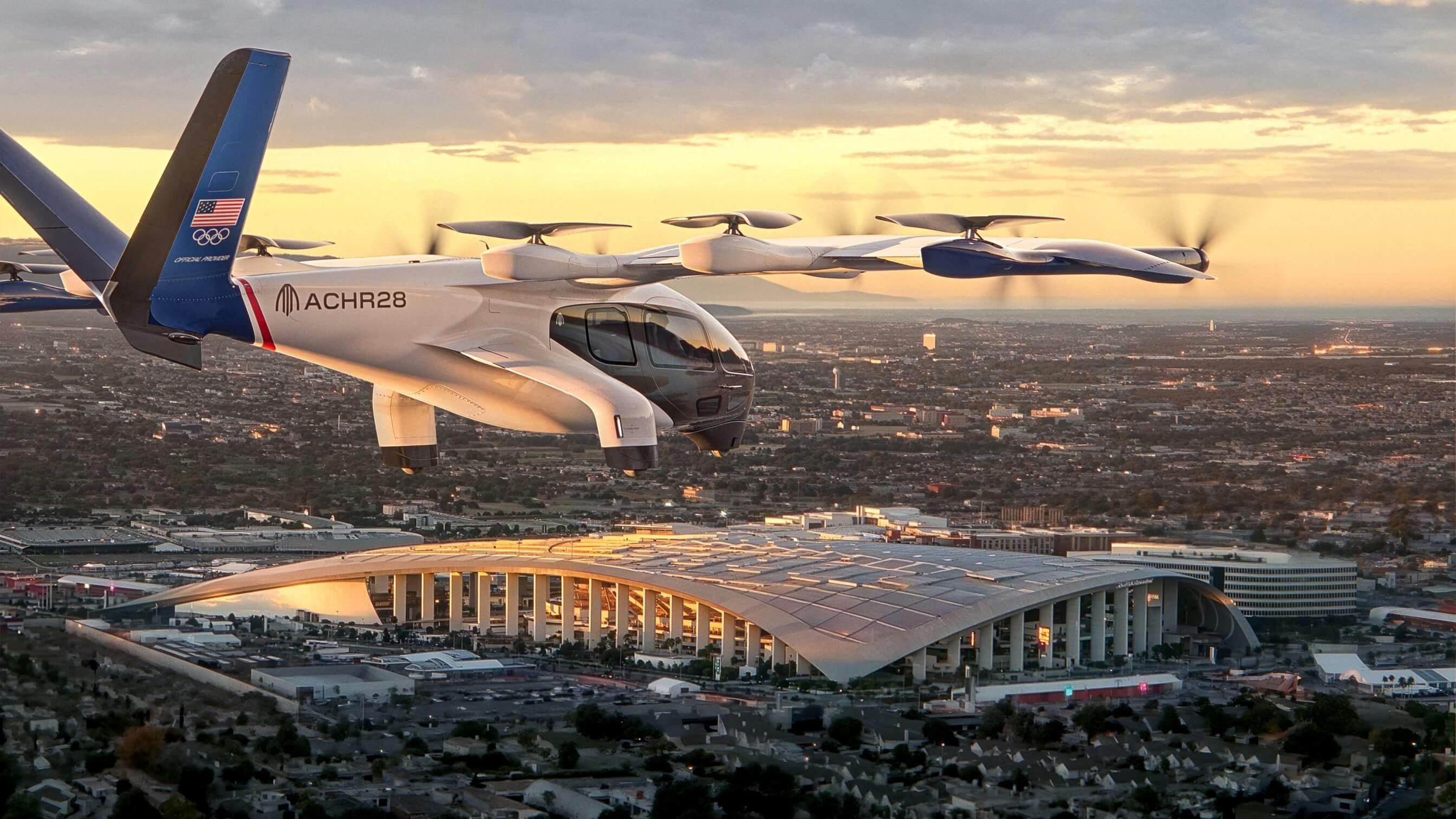
AeroGenie — Your Intelligent Copilot.
Trending
Categories
ANA and U.S. Startup Showcase Flying Car at Osaka Expo
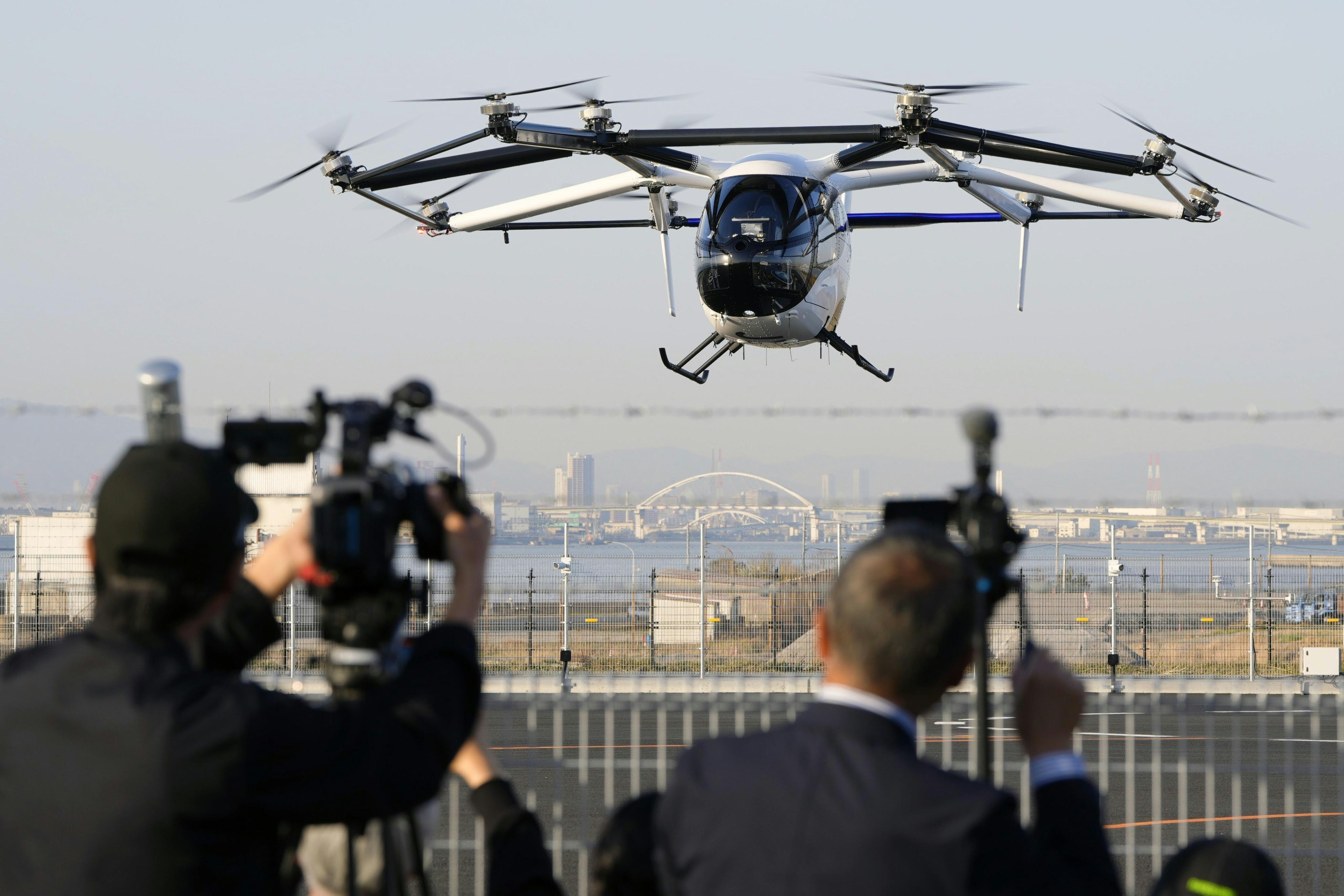
ANA and U.S. Startup Unveil Flying Car at Osaka Expo Amid Industry Challenges
At the World Exposition in Osaka on Tuesday, Japanese airline ANA Holdings Inc. and U.S.-based startup Joby Aviation Inc. presented a significant milestone in urban air mobility by showcasing their electric vertical take-off and landing aircraft (eVTOL). The event featured the first public demonstration flight of the flying car for the press, with the aircraft completing a 13-minute flight over the sea near the Expo venue. This collaboration highlights the growing interest in innovative transportation solutions designed to transform urban travel.
The eVTOL Aircraft and Its Prospects
Developed by Joby Aviation, the eVTOL is engineered to carry up to five passengers, including a pilot, with a focus on operating efficiently in urban environments while minimizing noise pollution. ANA has announced plans to introduce more than 100 units of the aircraft, positioning it as an alternative to traditional ground transportation and a potential asset in disaster response scenarios. Joby Aviation aims to launch an air taxi service in Japan as early as fiscal year 2027, signaling a commitment to commercializing this emerging technology within the next few years.
Industry Challenges and Safety Concerns
Despite the promising demonstration, the flying car industry continues to confront significant obstacles. Technical difficulties and human error remain pressing concerns, underscored by a recent incident in China where two flying cars collided during a rehearsal. Such events emphasize the critical need for stringent safety protocols as companies advance toward broader commercialization. Market reception has been cautious, with widespread adoption yet to be realized despite optimistic forecasts from industry players like Joby.
Competitors are responding by emphasizing safety and operational practicality. For instance, Israeli startup AIR is developing flying cars equipped with electric motors and intelligent software systems designed to enhance safety and reliability. These efforts reflect a broader industry trend toward addressing the complex challenges inherent in urban air mobility.
Regulatory and Public Acceptance Hurdles
Beyond technical and safety issues, regulatory approval and public acceptance remain formidable barriers. Aviation authorities worldwide are still in the process of establishing comprehensive frameworks to safely integrate flying cars into congested urban airspace. Equally important is cultivating public trust in the technology, which will be essential for achieving widespread adoption.
As ANA and Joby Aviation advance their initiatives, the future of flying cars will depend not only on technological innovation but also on successfully navigating safety, regulatory, and societal challenges.

FAA Extends Engine Pylon Airworthiness Directive to DC-10

Why United Airlines Continues to Use the Boeing 777-300ER in 2025

Dubai Airshow 2025: Key Aircraft and Conference Highlights
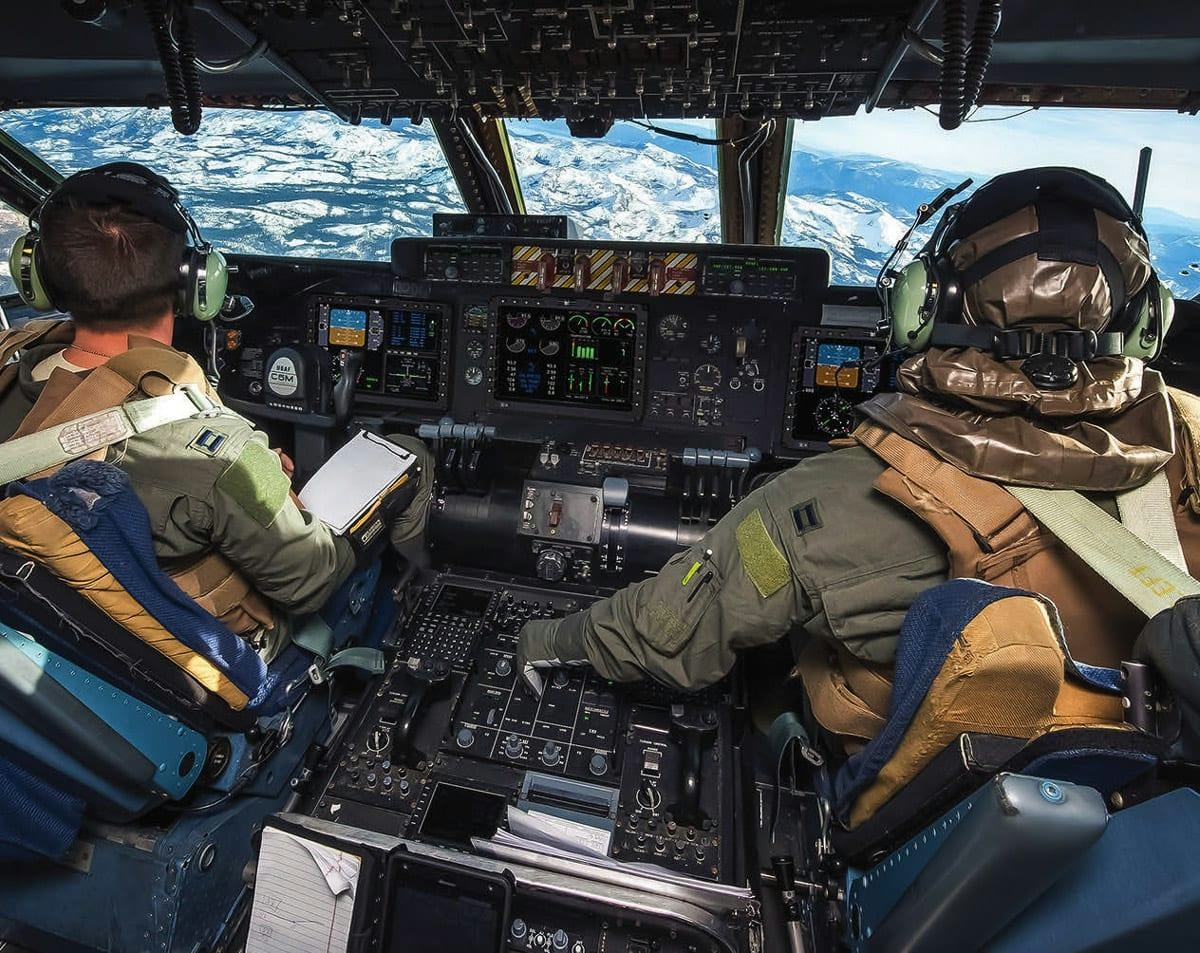
Defense Aviation Adopts Commercial Innovations
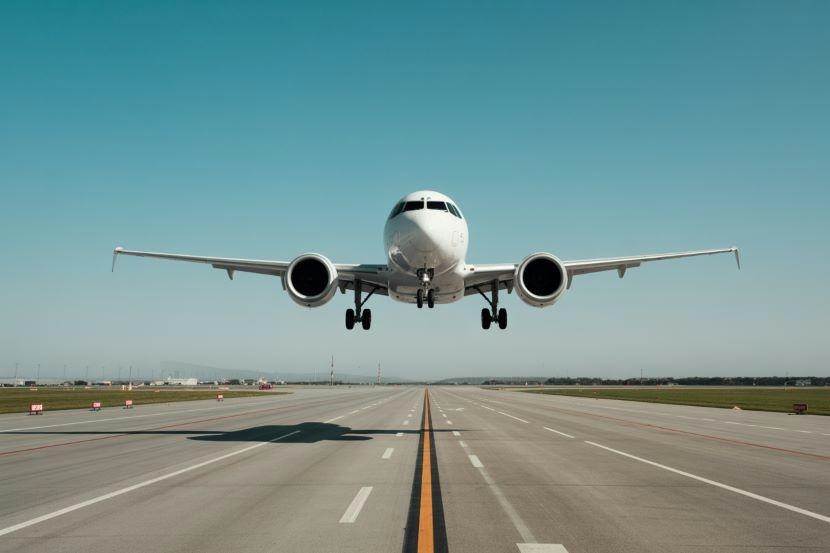
MedAire’s Alert Platform Enhances SolitAir’s Role in Aviation Security Innovation
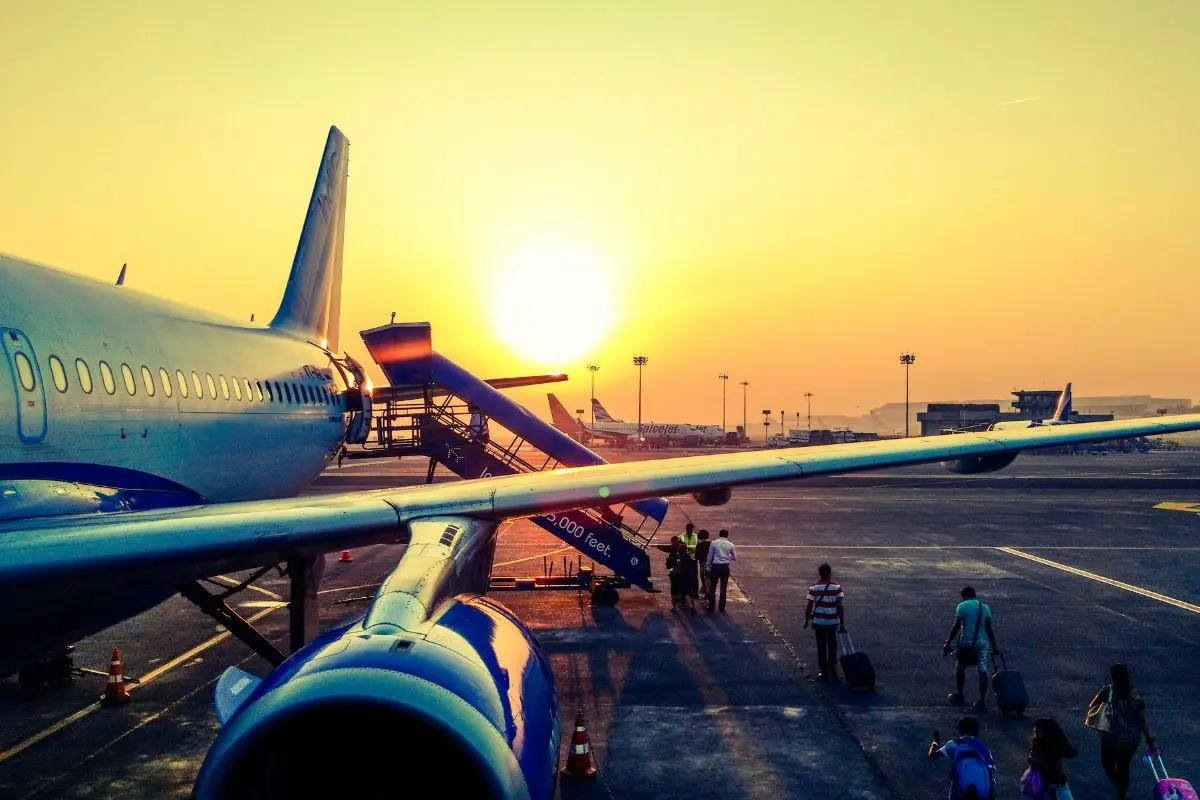
India Faces Shortage of 30,000 Pilots Amid Growing Fleet, Aviation Minister Calls for Urgent Training
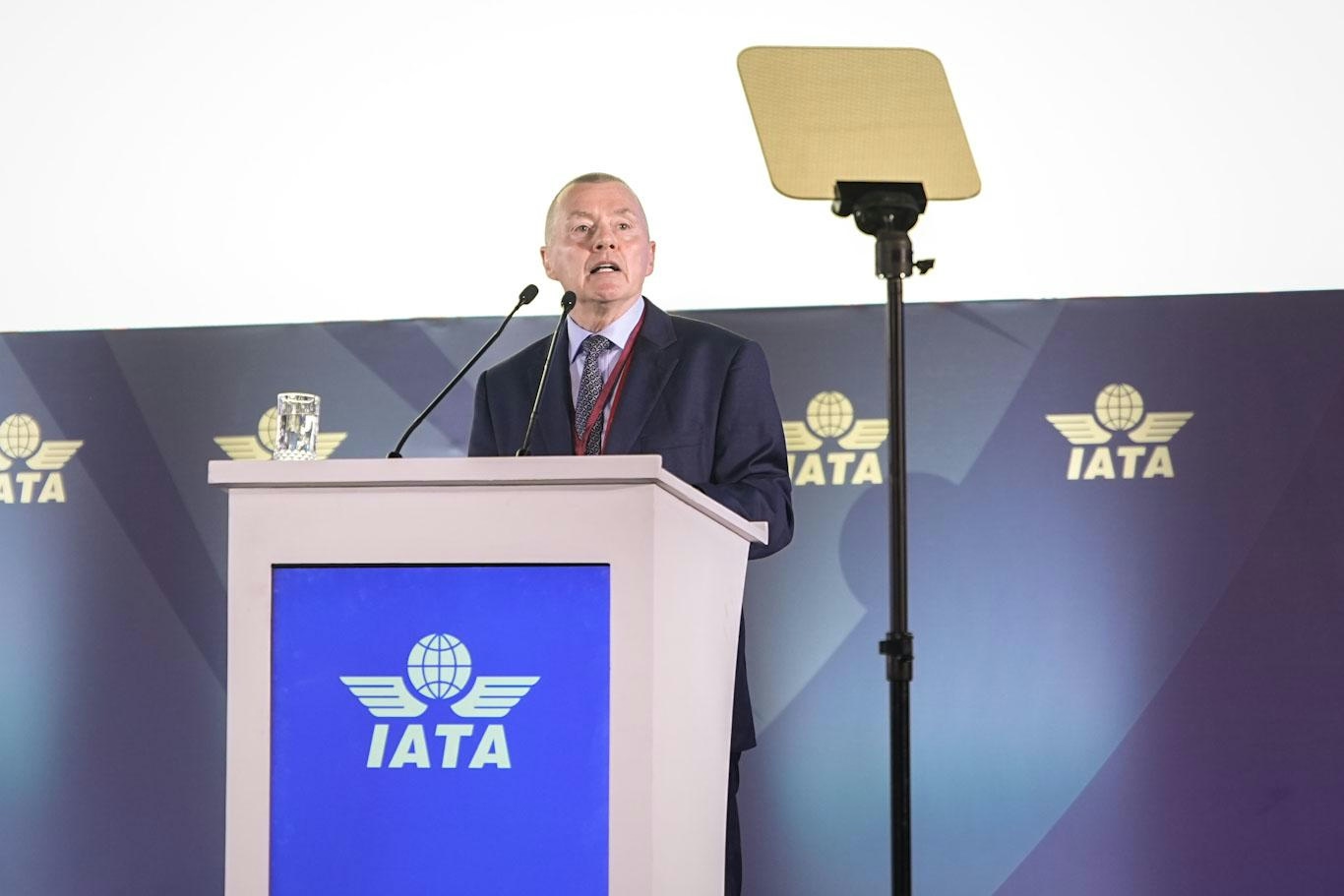
IATA Chief Calls for Fair Compensation for Airlines Amid Supply Chain Challenges
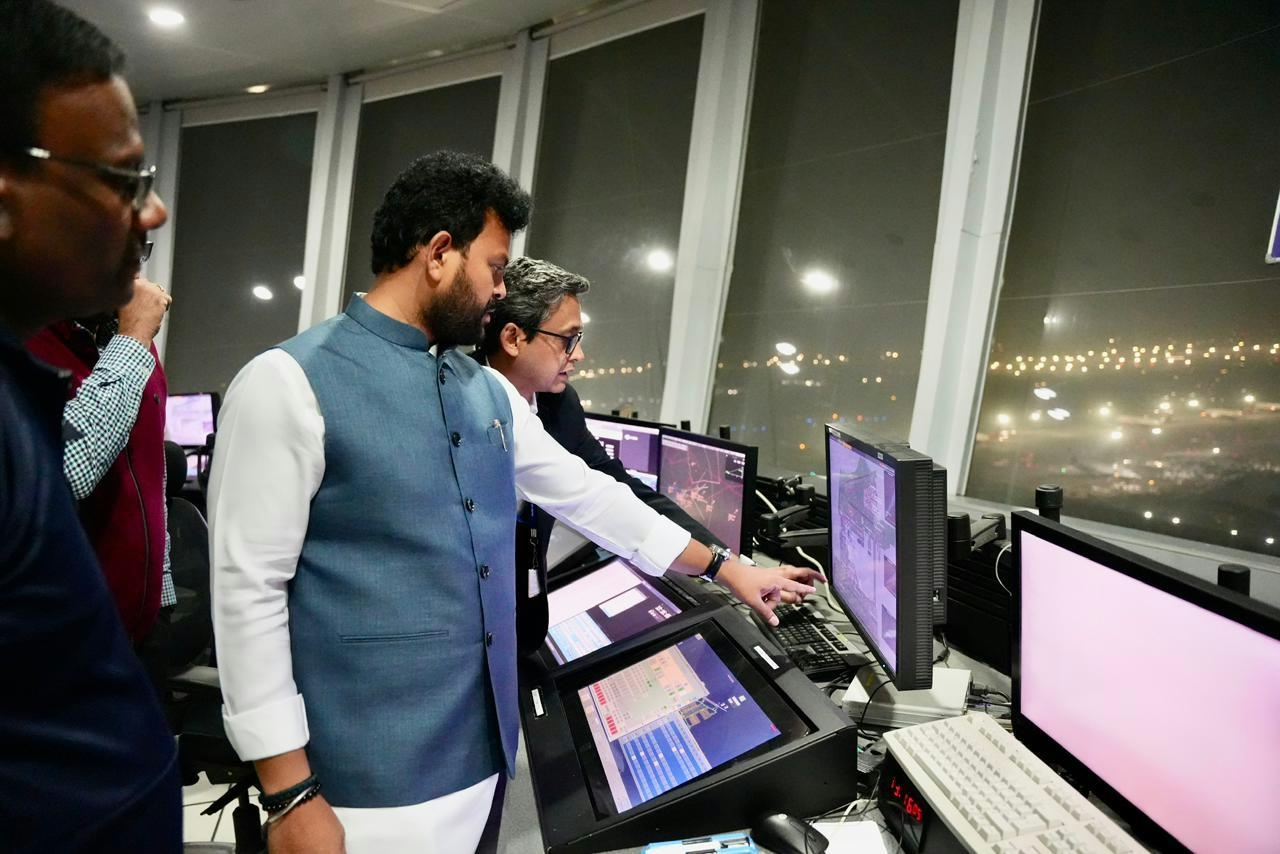
AAI Unveils Pavilion Highlighting India’s Aviation Advances at IITF 2025
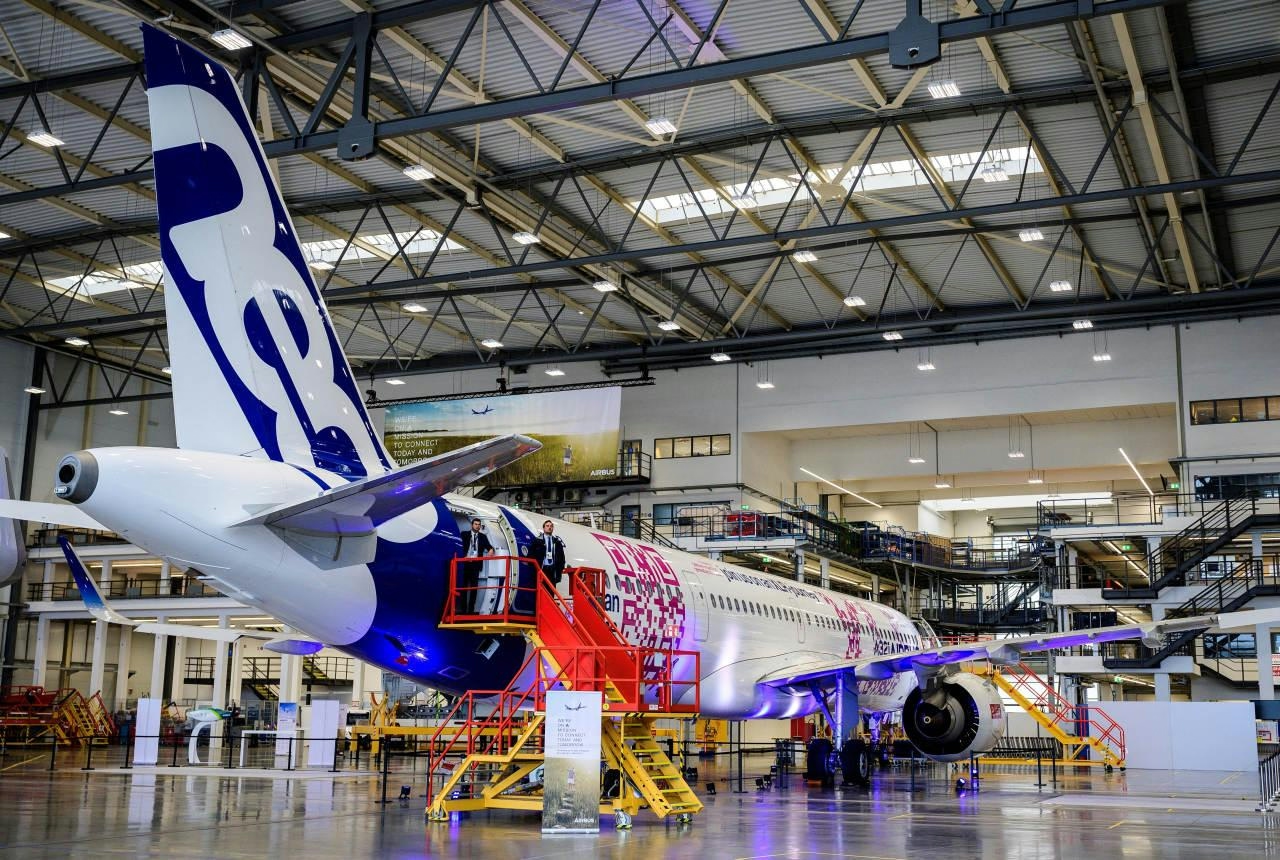
Airbus Projects Asia-Pacific Will Need Nearly 20,000 New Planes Over 20 Years
